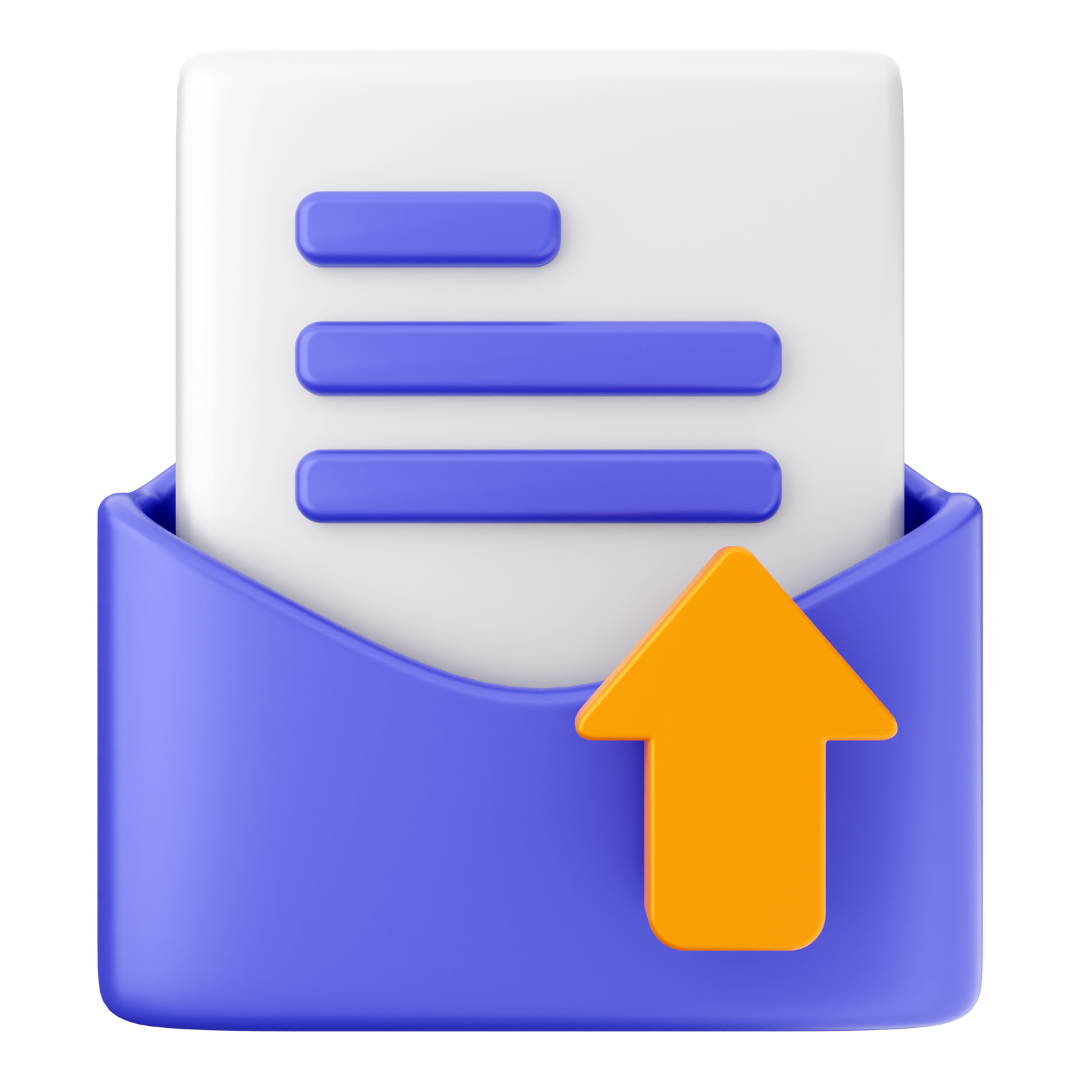Assignment
Achievement
Hire Experts
Reviews
Free Services
Grades
Offers
Order Now
50,000+
Orders Delivered
4.9/5.0
Star Rating
4000+
PhD Experts
24 x 7
Query Resolution
100 +
Subjects Catered
Our Experts
Reviews
Free Assignment Services
☞Title Pages - 100 Words
$05.00 free
☞Downloading Free Guide
$20.00 free
☞Upload Completed Tasks
$20.00 free
☞Genuine Content Report
$20.00 free
☞Consultation By Experts
$06.00 free
☞Unrestricted Revisions
$10.00 free
☞Grammar Check for Task
$25.00 free
☞Plagiarism Inspections
$25.00 free
Book Now and get Free Services Upto $0.00
Grades
Offers

1. PLACE YOUR ORDER
Whenever you fill out their order form, please read it carefully and then fill it out.

2. MAKE PAYMENT
Choose our secure payment method to pay for your order and collect your order from us with security.

3. GET YOUR DOCUMENT
Our writers write you plagiarism-free assignments and provide them to you before the deadline.
Our Experts

Search Assignments

Customers Reviews
Our climate has been pushed to the verge of catastrophe in the past few decades. No wonder climatic disaster news has booked permanent spots in newspapers and news columns. Be it the perils of earthquakes in Turkey and Syria or the “2022 Pakistan floods” that swooshed over 1.5 million innocent souls; it seems that nature has begun to poke back at us faster than ever.

Climate change has been a hot topic for decades and will remain so for the coming years, too because the throttle on climate has snowballed into a global emergency. But thankfully, people are gaining awareness. Plentiful governmental agreements and general awareness among the the younger generation might be enough to decelerate climate degrading to bearable rates.
In the same light, international governments have joined forces to battle climate change. Be it COP (UN climatic change conference) meetings or the UN environmental assembly, an amalgam of active participation of government and people can stop and reverse the impacts of climatic change.
To protect the environment, a gradual shift from fossil fuel-driven energy to green energy is the first and foremost step, as per scientists.
However, the catch is that this green energy is mainly driven by “critical minerals” such as Lithium and silicon.
As per the report of the IEA (International environmental agency), to meet the net-zero carbon dioxide emission by mid-century, a goal set by international governments to combat climate change in 2016, we would need to dig up six-folds of minerals by 2040. This rise in demand in the market has sped up their mining expeditions multifold. This, on the one hand, lays the stepping stone for building reliable green energy for the future but, on the other hand, pushes us closer to environmental catastrophe since this energy-extensive sector is one of the largest emitters of greenhouse gases.
And pondering at the peaking demands of “critical minerals” in the past few years, it seems to be an endless loop, a spiral circle to keep the big guns in the business.
So, the question of the moment is- can we ever achieve sustainable mineral digging, which can lead to the minimum harm to nature?
( Value assignment is the one stop shop for all assignment requirements at affordable prices )
Green energy such as hydrogen, solar, hydro and wind energy are a a few identified options humans can cling to save themselves from environmental crises. Although green energy has been a a topic of interest for decades, recent advancements, such as the commercialization of Electric vehicles, have made them more popular than ever. Other than this, to combat the impacts of climate change, reducing the dependence on fossil fuels is the prime motive for many nations, such as China and Sweden. Hence, an accelerated throttle is given to the use of electric vehicles. As a result, Norway, Iceland and Sweden are top of the nations with the the highest number of per capita EVs on their roads.
But, there are two issues with the use of EVs. First, electricity drives vehicles, despite fossil fuel, which is a good start, but the driving electricity might still be generated from fossil fuels, such as in a thermal power plant. In most developing nations, most energy needs are still met with CCoal, so replacing that is a more significant challenge.
But, other than that, the second issue with the EV and similar green energy such as solar is that it is heavily dependent on the availability of “critical minerals” such as “silicon and nickel”.
This, is accelerating the hunt to find more natural reserves and thus pumping large-scale mining expeditions in these newly found locations.
Iran is the latest addition to the new mineral reserve factory, claiming to have recently unearthed large Lithium reserves. Before this, Ladakh in India was also in the limelight for unearthing 1600 tons of Lithium early this year. However, it must be noticed that Ladakh is a biologically protected cold desert. And the mining of Lithium will not only imbalance the ecosystem of this oasis but will also deprive the place of an already scarce resource- water, since the mining of Lithium is extensive water process. So, the availability of water will also pose a significant roadblock.
Learning from others’ mistakes is one of the best advantages humans have over humanity. But, considering the methodology adopted to combat the future climatic crises, we have not learnt anything from our past mistakes.
We are digging for Lithium and other critical minerals like our ancestors frantically looked for Coal andCoalural gas. Coal brought the revolution then; critical minerals will bring the revolution now.
But, even then, Coal’s deCoal’sntal environmental impacts were unknown, just like Lithium today.
We are unearthing an unknown mineral without its complete analysis. Not to mention, gravitating toward past patterns, we are building our modern technology encircling “critical minerals” without investing enough in its alternatives.
Complete reliance on one material, such as Lithium, will not only lead to dependence of our technology on one mineral but will also lead to the quick exhaustion of Lithium. This will cripple the future generation like coal deficiency is crippling us, and our future generation will undergo the same turmoil.
To start, mineral digging tarnishes the surrounding ecosystem and hampers the breeding of natural habitats at and around the mining site. Other than this, mineral digging leads to water contamination called tailing. Tailings are tiny mineral particles mixed with water discharged into the nearby water bodies. These tiny particles are so minute in size that they are generally left unattended and discharged in water without prior treatment.
Although, companies like Vale are investing in tailings treatment to extract minerals such as iron in small spherical balls with the help of magnetic pull. These balls are called pellets used in steel manufacturing and building construction. However, the process is not widespread and not applicable to all minerals.
Besides contamination, mining also leads to environmental catastrophes and of many evitable disasters.
Its most prominent example can be extracted from Brazil in 2015 and 2019, where the faulty dam design led to dam collapse Fundao tailings dam and brumadinho, Minas Gerais, Brazil, dam respectively. The strong water wave swooshed nearly 20 people in 2015, and the numbers jumped the next time, claiming more than 170 lives in 2019.
Although mining was not the root cause of the dam rupture, pure chaos followed. The flaking out of dams led to flooding. And since the dam was a tailing holding dam, the water contaminated several kilometres downstream in the areas, which brought forward the actual consequences of the mining and its wastewater discharge into water bodies. About 320 KM of river stream was flooded with toxins. the São Francisco River, the freshwater supplier for more than 5 Brazilian states, was also polluted.
The owner of the dam and the mining project- Vale, one of the largest mining companies, was fined USD 7 billion in compensation for the losses.
Although, following the disasters, the company is committed to reversingng the after effectst what’s broken once cannot be mended again.
One question that has kept many researchers, scientists and even writers awake at night are- can mining be genuinely sustainable?
And despite a plethora of research and development in the arena, the answer is still negative. Mining is highly unsustainable and is extensive energy process. Apart from digging single holes as big as the the entire village, mining also leads to sinkholes, which necessarily involve the settling of surface land due to hollow mining areas beneath the surface.
So, since it is understood to the masses that mining as a process can never be sustainable, measures are taken to neutralize the environmental impacts, such as replanting trees, replenishing natural soil and periodic inspection of the site.
Mineral digging is never a sustainable process, and the only sustainable option left is offsetting the fatal consequences with other means, such as replenishing forests and replanting trees. Other than that, the peril of lithium digging shall also be considered before projecting the entire future development of this mineral.
Disclaimer: all content and intellectual property remain the exclusive property of value Assignment Help




No Comments